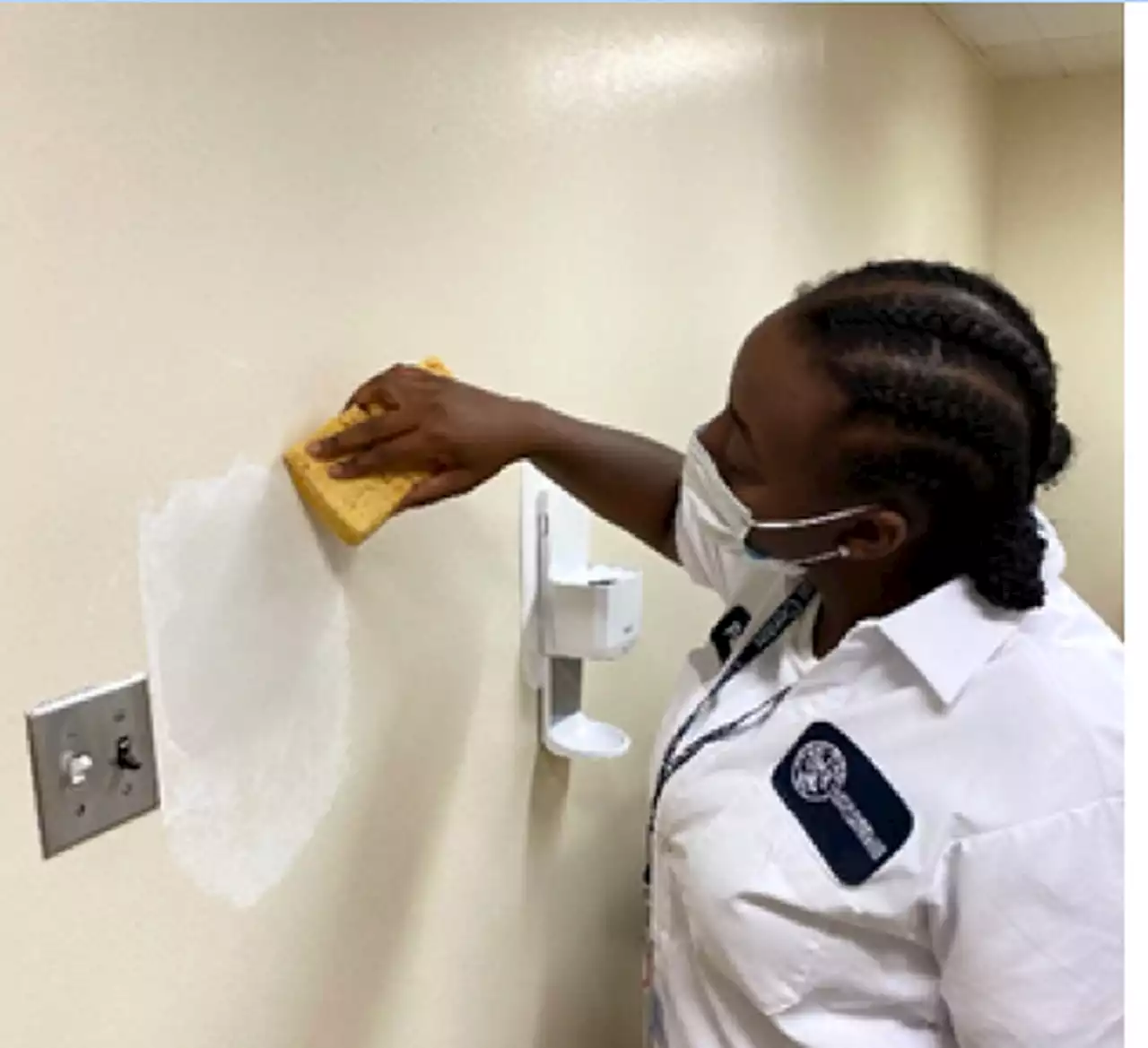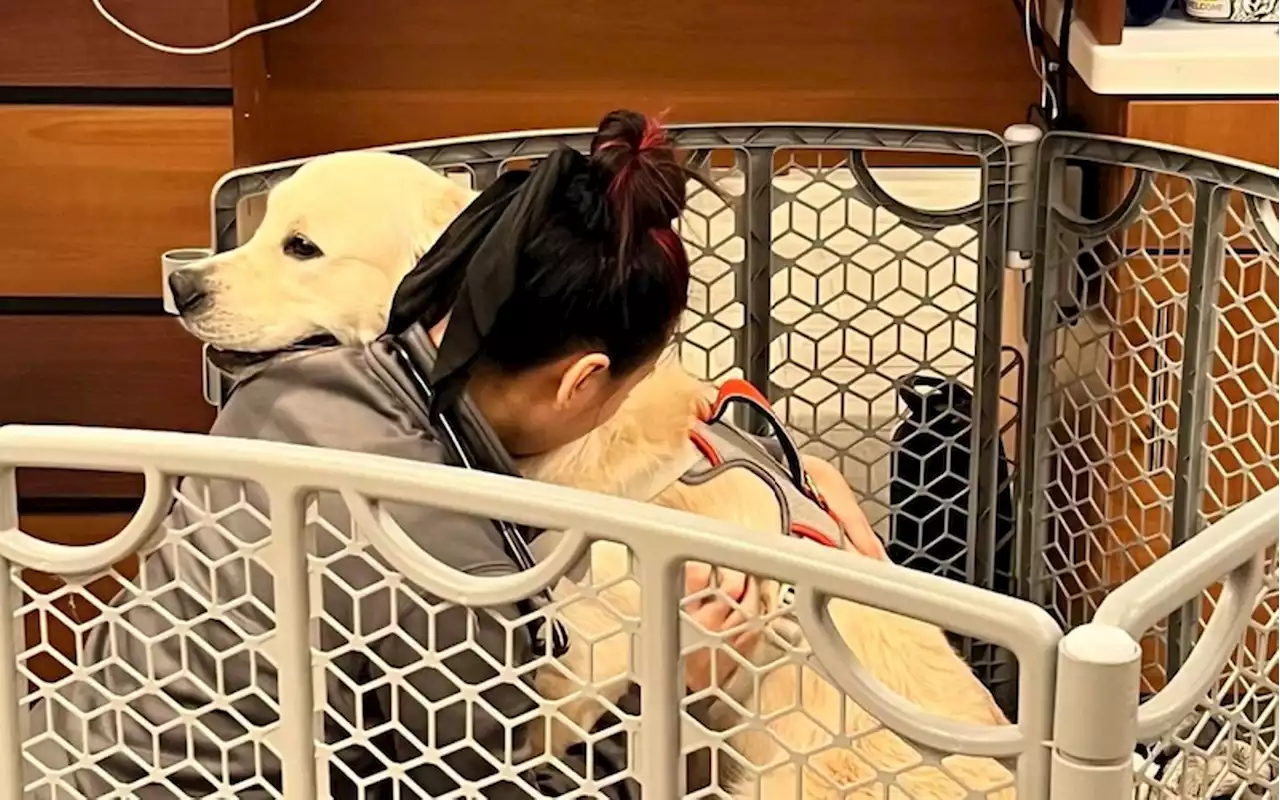Not enough vets and more pets is a recipe for burnout in the veterinarian profession.
Veterinarians are inundated with appointments at clinics and hospitals and often do not have the staff to keep up.https://www.houstonpress.com/news/surging-pet-adoptions-collide-with-longstanding-vet-shortages-15169212After losing one of their own veterinarians to suicide, Robert Fisher, the hospital director at Garden Oak Veterinary Clinic had to turn to several relief veterinarians – veterinarians from outside clinics – to step in and provide coverage.
Even though some veterinary schools are reaching record numbers of enrollment – as at Texas A&M University – schools need to continue to expand those enrollments to curb the shortage and keep up with the rise in demand, those in the profession say. “We absolutely flooded the market during the pandemic, anyone who wanted a pet got one, and now those pets need additional veterinary care,” Fischer said. “And now we’re realizing that there aren’t enough veterinarians to keep up with the growth of the industry.
Not only is there a need for additional veterinarians able to provide this health care to the growing number of pets, the type of care they have to provide now has shifted, said Dr. Natalie Lang, Medical Director and Veterinarian at VEG Houston. And pet owners, Lang said, are not always the easiest clients to handle in situations that involve their pets’ health.
Lang is a veterinarian who specializes in emergency care, handling critical cases on a daily basis. She said often pet owners don’t understand what veterinarians learn and employ to do what they do. This adds yet another burden as hours for emergency veterinarians are often unpredictable, Lang said. This idea of bringing the animal owner along, Lang said, tackled those difficult client interactions alleviating some of the pressure patient interactions had on her. This practice also helped facilitate the education and awareness that is often lacking between pet-owners and their pets’ health care providers.
The higher rate among veterinary technicians also may be affected by the amount of money they earn for the type of work they do. “These young adults are leaving school with between $200,000 to $400,000 in debt,” Fisher said. “Imagine that stress on top of everything else, that’s why there has to be good mentorship of these younger veterinarians.”
United States Latest News, United States Headlines
Similar News:You can also read news stories similar to this one that we have collected from other news sources.
 Oakland Section championship sweep: Tech boys ‘bully’ Oakland High, Tech girls dominate AIMSAhmaree Muhammad and Omar Staples lead Tech to Oakland Section championship, wins third straight close game over Oakland High
Oakland Section championship sweep: Tech boys ‘bully’ Oakland High, Tech girls dominate AIMSAhmaree Muhammad and Omar Staples lead Tech to Oakland Section championship, wins third straight close game over Oakland High
Read more »
 Arizona Opinion: Committee should vet, not sabotage Hobbs' nomineesOPINION: 'But what looked good on paper turned out to be bad in practice. Real bad,' writes Will Humble, former director of the Arizona Department of Health Services.
Arizona Opinion: Committee should vet, not sabotage Hobbs' nomineesOPINION: 'But what looked good on paper turned out to be bad in practice. Real bad,' writes Will Humble, former director of the Arizona Department of Health Services.
Read more »
 N. Korea food shortage worsens amid COVID, but no famine yetSpeculation about North Korea’s food insecurity has flared as its top leaders prepare to discuss the “very important and urgent task” of formulating a correct agricultural policy
N. Korea food shortage worsens amid COVID, but no famine yetSpeculation about North Korea’s food insecurity has flared as its top leaders prepare to discuss the “very important and urgent task” of formulating a correct agricultural policy
Read more »
 PA apprentice program aims to address worker shortage | OpinionThrough union apprenticeship programs, the next generation is able to obtain a debt-free secondary education along with a family-sustaining career.
PA apprentice program aims to address worker shortage | OpinionThrough union apprenticeship programs, the next generation is able to obtain a debt-free secondary education along with a family-sustaining career.
Read more »
 N. Korea food shortage worsens amid COVID, but no famine yetSEOUL, South Korea (AP) — There’s little doubt that North Korea’s chronic food shortages worsened due to the COVID-19 pandemic, and speculation about the country’s food insecurity has flared as its top leaders prepare to discuss the “very important and urgent task” of formulating a correct agricultural policy.
N. Korea food shortage worsens amid COVID, but no famine yetSEOUL, South Korea (AP) — There’s little doubt that North Korea’s chronic food shortages worsened due to the COVID-19 pandemic, and speculation about the country’s food insecurity has flared as its top leaders prepare to discuss the “very important and urgent task” of formulating a correct agricultural policy.
Read more »
 Op/Ed: Don't solve doctor shortage by ending collaboration between medical professionalsCurrent bills in the House and Senate would end the collaboration between doctors and nurse practitioners, but may not add providers in rural Indiana.
Op/Ed: Don't solve doctor shortage by ending collaboration between medical professionalsCurrent bills in the House and Senate would end the collaboration between doctors and nurse practitioners, but may not add providers in rural Indiana.
Read more »
